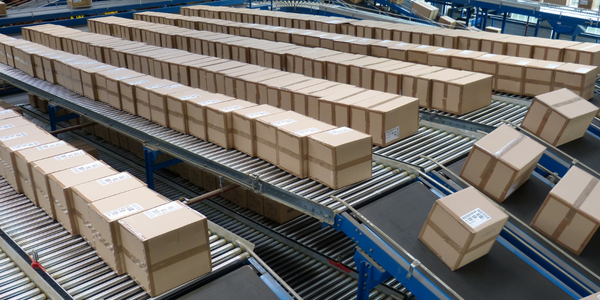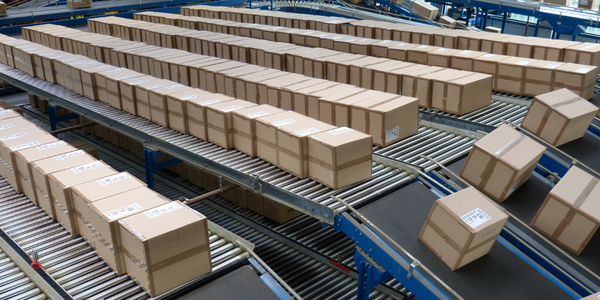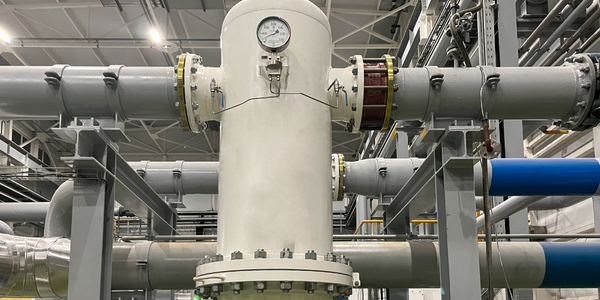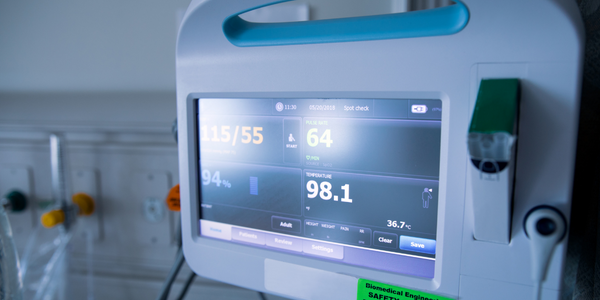技术
- 分析与建模 - 虚拟和增强现实(AR/VR)软件
- 可穿戴设备 - 增强现实(AR)眼镜/耳机/控制器
适用行业
- 包装
适用功能
- 维护
用例
- 增强现实
- 混合现实
服务
- 培训
关于客户
Marchesini 集团是一家大型工业企业,通过与业内互补公司的不断并购,从一家当地小型企业发展壮大。该公司为制药和化妆品行业制造独立包装机和完整的生产线。其90%的机械出口到欧洲、中国、美国和拉丁美洲,营业额超过4.3亿美元。尽管具有国际影响力,该公司仍保留了其起源的人文精神和工匠生产方式,并与机器人和数字化的最新创新共存。
挑战
Marchesini 集团是一家为制药和化妆品行业制造独立包装机和完整生产线的大型工业企业,其客户服务运营面临着重大挑战。该公司的客户和机器遍布数十个国家,由于现有技术的限制,该公司在通信问题上遇到了困难。这通常会导致无法快速准确地解决问题。该公司的服务团队由意大利的 300 名技术人员和全球 50 名专家组成,旨在保证为客户提供快速解决方案:欧洲和北美 12 小时内,世界其他地区 24 小时内。然而,客户的地理分散性和机器的复杂性使得这一目标难以实现。
解决方案
为了克服这些挑战,Marchesini Group 实施了一项计划,将所有客户服务数字化。该公司推出了增强现实辅助系统,为客户的机器提供支持,确保更有效地排除故障。该系统可通过专用应用程序(Acty 的白标)或可选的智能眼镜进行访问,只需点击几下即可在任何智能手机或平板电脑上进行设置。即使在封锁期间,Acty 增强现实和爱普生智能眼镜的使用使该公司能够为其客户提供增强现实帮助和远程维护。这次数字化转型不仅提高了公司的服务能力,而且被证明是对虚拟技术的成功投资。
运营影响
数量效益

Case Study missing?
Start adding your own!
Register with your work email and create a new case study profile for your business.
相关案例.

Case Study
IoT Data Analytics Case Study - Packaging Films Manufacturer
The company manufactures packaging films on made to order or configure to order basis. Every order has a different set of requirements from the product characteristics perspective and hence requires machine’s settings to be adjusted accordingly. If the film quality does not meet the required standards, the degraded quality impacts customer delivery causes customer dissatisfaction and results in lower margins. The biggest challenge was to identify the real root cause and devise a remedy for that.

Case Study
Zenon the Ideal Basis for An Ergonomic HMI
KHS develops and produces machines and equipment for filling and packaging in the drinks industry. Because drinks manufacturing, filling and packaging consist of a number of highly complex processes, the user-friendly and intuitive operation of equipment is increasingly gaining in significance. In order to design these processes as simple as possible for the user, KHS decided to introduce a uniform, transparent and standardized solution to the company. The HMI interface should meet the requirement for people with different qualifications and enable them to work on a standard platform.

Case Study
Sparks Dynamics Assists Atlas Container Secure a $15,000 BGE Energy Rebate
The ReMASTER Compressed Air Monitoring system was installed in 2015. This system is capable of monitoring compressed air system parameters on a continuous basis and transferring that information to a cloud server which can be accessed by Atlas Container personnel, Industrial Diagnostics and Sparks Dynamics. This information was collected into a database which can be exported to an Excel spreadsheet or displayed graphically using Sparks Dynamics ViewMaster Software. The average annual compressed air electricity expense was estimated to be approximately $116,000. This is based on an incremental $/KWh electric rate of $.091 per KWh and an estimated compressed air energy consumption of 1,279,200 KWH. The implementation phase of Energy Conservation Measures (ECMs) for the Compressed Air System included: • Identification and repair of compressed air leaks • Understanding of compressed air usage per manufacturing machine and installation of shut off valves when the machines are no longer in production mode • Identification of misapplications of compressed air to include blow offs, venturis, and cooling scenarios • Understand system pressure requirements and potential installation of point of use pressure regulation.

Case Study
Mondi Implements Statistics-Based Health Monitoring and Predictive Maintenance
The extrusion and other machines at Mondi’s plant are large and complex, measuring up to 50 meters long and 15 meters high. Each machine is controlled by up to five programmable logic controllers (PLCs), which log temperature, pressure, velocity, and other performance parameters from the machine’s sensors. Each machine records 300–400 parameter values every minute, generating 7 gigabytes of data daily.Mondi faced several challenges in using this data for predictive maintenance. First, the plant personnel had limited experience with statistical analysis and machine learning. They needed to evaluate a variety of machine learning approaches to identify which produced the most accurate results for their data. They also needed to develop an application that presented the results clearly and immediately to machine operators. Lastly, they needed to package this application for continuous use in a production environment.

Case Study
Automated Pallet Labeling Solution for SPR Packaging
SPR Packaging, an American supplier of packaging solutions, was in search of an automated pallet labeling solution that could meet their immediate and future needs. They aimed to equip their lines with automatic printer applicators, but also required a solution that could interface with their accounting software. The challenge was to find a system that could read a 2D code on pallets at the stretch wrapper, track the pallet, and flag any pallets with unread barcodes for inspection. The pallets could be single or double stacked, and the system needed to be able to differentiate between the two. SPR Packaging sought a system integrator with extensive experience in advanced printing and tracking solutions to provide a complete traceability system.

Case Study
Industry 4.0 at ALPLA: Enhancing Factory Efficiency with IoT
ALPLA, a global leader in packaging solutions, faced several challenges as the complexity of their production machinery increased. The need for highly trained specialists in each factory led to higher personnel costs, difficulties in recruiting experienced talent at each location, and costly personnel turnover. Furthermore, less experienced operators running the machines sub-optimally impacted resource consumption and overall equipment effectiveness (OEE). ALPLA also faced the challenge of monitoring visual inspection systems in every line of their plants, which was almost impossible to do manually. In 2016, ALPLA decided to use data from the 900 different types of embedded sensors in each factory to address these issues. However, their initial choice of SQL Server as the data store for the sensor data proved inadequate, as it was unable to cope with their data requirements.







